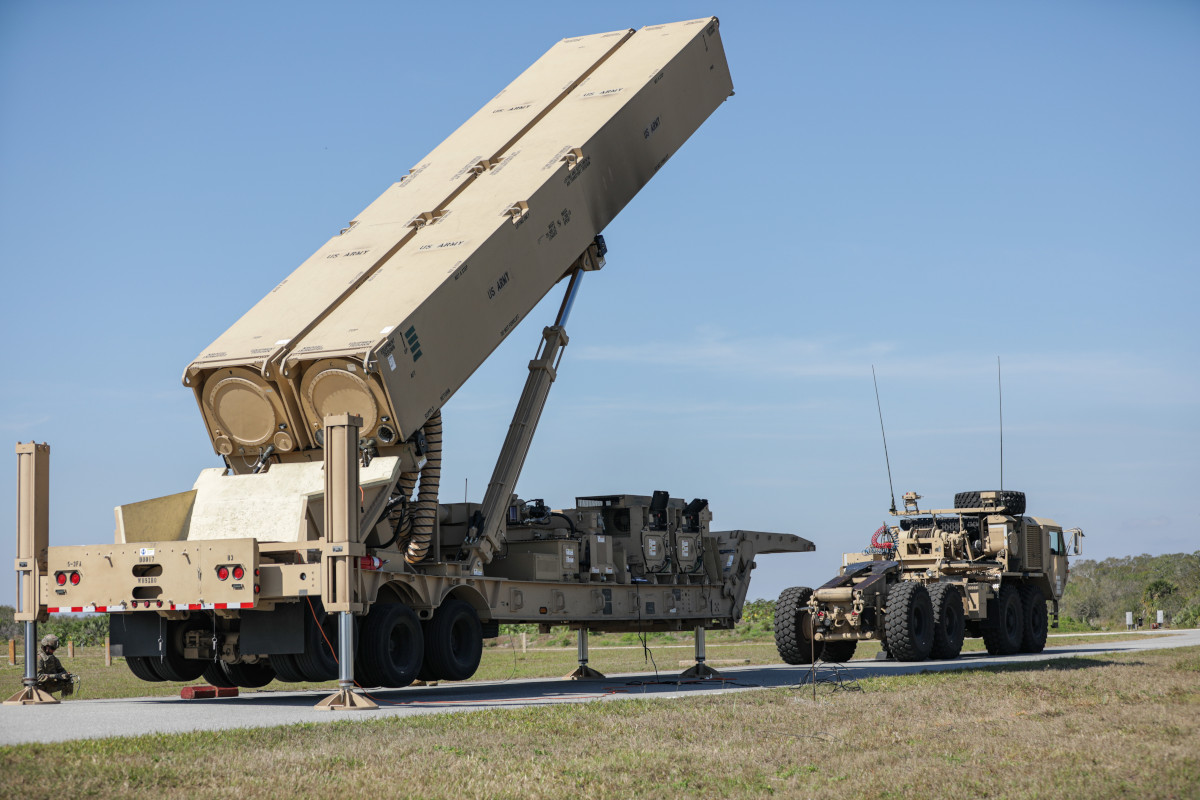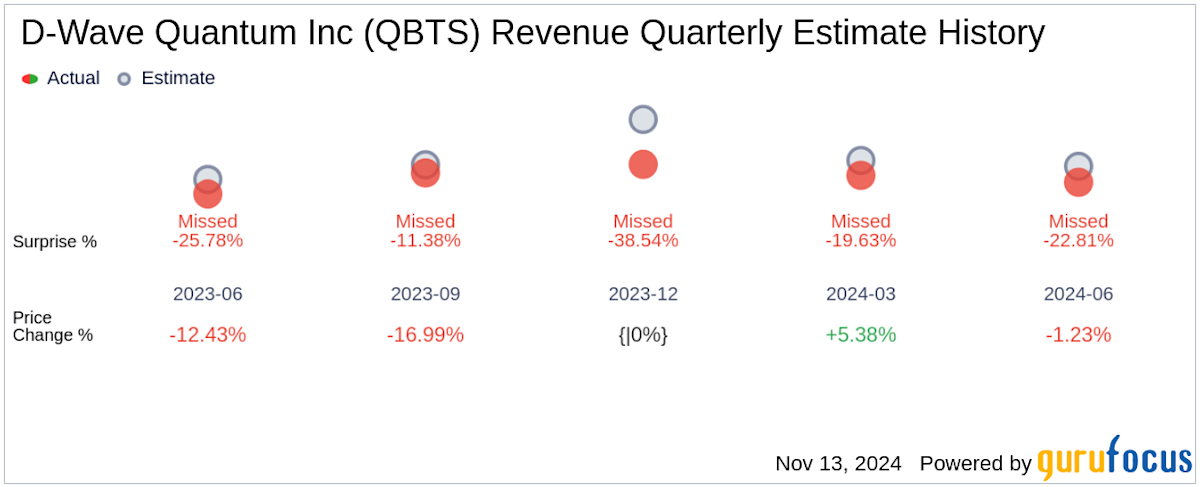Factory Jobs And The Trump Legacy: A Look At Reshoring Efforts

Table of Contents
The Trump Administration's Approach to Reshoring Factory Jobs
The Trump administration pursued a multifaceted approach to reshoring factory jobs, employing a combination of protectionist trade policies and domestic economic incentives.
Tariffs and Trade Wars
A cornerstone of the Trump administration's economic policy was the imposition of tariffs, or import taxes, on goods from various countries, particularly China. The stated goal was to level the playing field for American manufacturers by increasing the cost of imported goods and making domestically produced products more competitive.
- Examples: Significant tariffs were levied on steel, aluminum, and a wide range of Chinese goods.
- Impact: Some industries, like steel, experienced a temporary boost in production and employment. However, other sectors faced increased costs for raw materials and intermediate goods.
- Counterarguments: Critics argued that tariffs led to retaliatory measures from other countries, harming American exporters and consumers through higher prices. The long-term impact on manufacturing costs remained debated.
- Short-term vs. Long-term: While some short-term gains in specific industries were observed, the long-term effects of the trade wars on factory jobs remain complex and contested, with some arguing that the damage to export markets outweighed any gains. The full impact is still being analyzed.
Renegotiation of Trade Deals
The Trump administration renegotiated the North American Free Trade Agreement (NAFTA), replacing it with the United States-Mexico-Canada Agreement (USMCA). The aim was to create a more balanced trade relationship that benefited American manufacturers.
- Key Changes in USMCA: The new agreement included stricter rules of origin for automobiles, aiming to increase domestic content and boost North American manufacturing. Labor and environmental provisions were also strengthened.
- Intended Benefits: The administration argued that USMCA would lead to a significant increase in American factory jobs by encouraging more manufacturing within North America.
- Actual Impact: The true impact of USMCA on reshoring is still being assessed. While some sectors have reported increased investment, the overall effect on factory job creation is subject to ongoing analysis and varies across industries and regions.
- Criticisms: Critics contend that the changes were incremental and that other factors, such as automation and global supply chain dynamics, outweigh the agreement's impact on reshoring.
Tax Cuts and Incentives
Significant corporate tax cuts were enacted, lowering the federal corporate tax rate from 35% to 21%. The administration argued this would stimulate business investment, including investment in domestic manufacturing and job creation.
- Specific Tax Cuts: The Tax Cuts and Jobs Act of 2017 significantly reduced the tax burden on corporations.
- Effectiveness of Incentives: While some companies did increase investment following the tax cuts, the direct link between the tax cuts and reshoring remains a point of debate among economists. The impact varied significantly across industries and company size.
- Examples of Companies that Benefited: While many companies benefited from the tax cuts, demonstrating a direct link to reshoring in individual cases proved difficult.
- Arguments For and Against: Supporters argued that the tax cuts spurred economic growth and indirectly led to job creation. Critics argued that the benefits disproportionately favored large corporations and did not sufficiently address the challenges faced by smaller manufacturers.
Evaluating the Success of Reshoring Efforts Under Trump
Assessing the success of reshoring efforts under the Trump administration requires a nuanced understanding of various contributing factors.
Job Growth in the Manufacturing Sector
While the manufacturing sector did experience some job growth during the Trump administration, attributing this solely to reshoring policies would be an oversimplification.
- Statistical Data on Job Growth: While there was growth, it was modest compared to historical levels and other factors played a role.
- Factors Beyond Reshoring: Technological advancements and automation significantly impacted employment within manufacturing, sometimes offsetting the gains from reshoring.
- Regional Variations: Job growth varied significantly across different regions of the US, reflecting pre-existing economic conditions and industry-specific factors.
The Role of Automation and Technology
Automation and technological advancements represent a significant, independent force shaping the manufacturing landscape and the availability of factory jobs.
- Automation's Impact on Employment: Automation increased productivity but also led to job displacement in some areas.
- Displacement of Workers: Many jobs previously done by humans are now performed by robots or automated systems.
- Retraining and Upskilling Programs: The need for comprehensive retraining and upskilling programs to equip workers with the skills needed for new manufacturing jobs became crucial.
- Potential for New Job Creation: While some jobs are lost, automation also creates new opportunities in areas such as robotics maintenance, software development, and data analysis within manufacturing settings.
Challenges and Limitations of Reshoring
Bringing manufacturing jobs back to the US faces numerous hurdles beyond policy considerations.
- Specific Challenges: Higher labor costs in the US compared to many other countries remain a major obstacle.
- The Role of Global Competition: Global supply chains and intense competition from manufacturers in countries with lower labor costs continued to pose challenges.
- The Need for Infrastructure Improvements: Outdated infrastructure in some areas of the US hindered efficient manufacturing and logistics.
Conclusion
The Trump administration's efforts to reshore factory jobs involved a complex interplay of tariffs, trade renegotiations, and domestic incentives. While some sectors experienced temporary boosts and job growth in manufacturing did occur, attributing it solely to reshoring policies is misleading. Automation, global competition, and pre-existing economic conditions played significant roles. The long-term implications of these policies and the ongoing trend of reshoring remain uncertain, with automation likely to continue reshaping the manufacturing landscape. Understanding the complexities surrounding factory jobs requires continued engagement and informed discussion. Explore further the impact of trade policies and automation on American factory jobs and advocate for policies that support sustainable growth in the manufacturing sector. Investing in infrastructure, retraining programs, and fostering a competitive business environment are crucial for securing the future of manufacturing jobs in the US.

Featured Posts
-
 Mikhael Shumakher Dedushka Semikratniy Chempion Mira
May 20, 2025
Mikhael Shumakher Dedushka Semikratniy Chempion Mira
May 20, 2025 -
 Madrid Open Sabalenka Cruises Past Mertens Into Next Round
May 20, 2025
Madrid Open Sabalenka Cruises Past Mertens Into Next Round
May 20, 2025 -
 Regional Peace At Risk Chinas Call For Philippines To Remove Typhon Missiles
May 20, 2025
Regional Peace At Risk Chinas Call For Philippines To Remove Typhon Missiles
May 20, 2025 -
 Jacob Friisin Yllaetys Glen Kamara Ja Teemu Pukki Penkillae Avausottelussa
May 20, 2025
Jacob Friisin Yllaetys Glen Kamara Ja Teemu Pukki Penkillae Avausottelussa
May 20, 2025 -
 Understanding The D Wave Quantum Qbts Stock Crash On Monday
May 20, 2025
Understanding The D Wave Quantum Qbts Stock Crash On Monday
May 20, 2025
